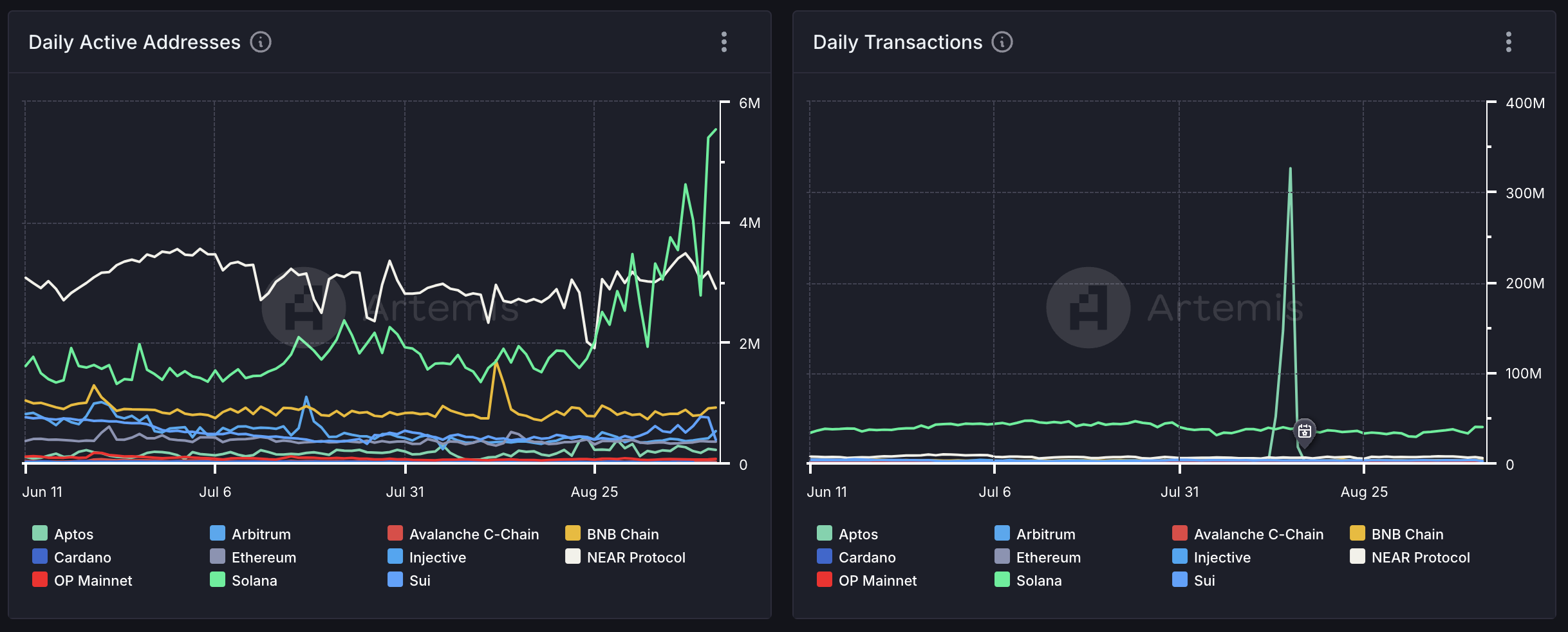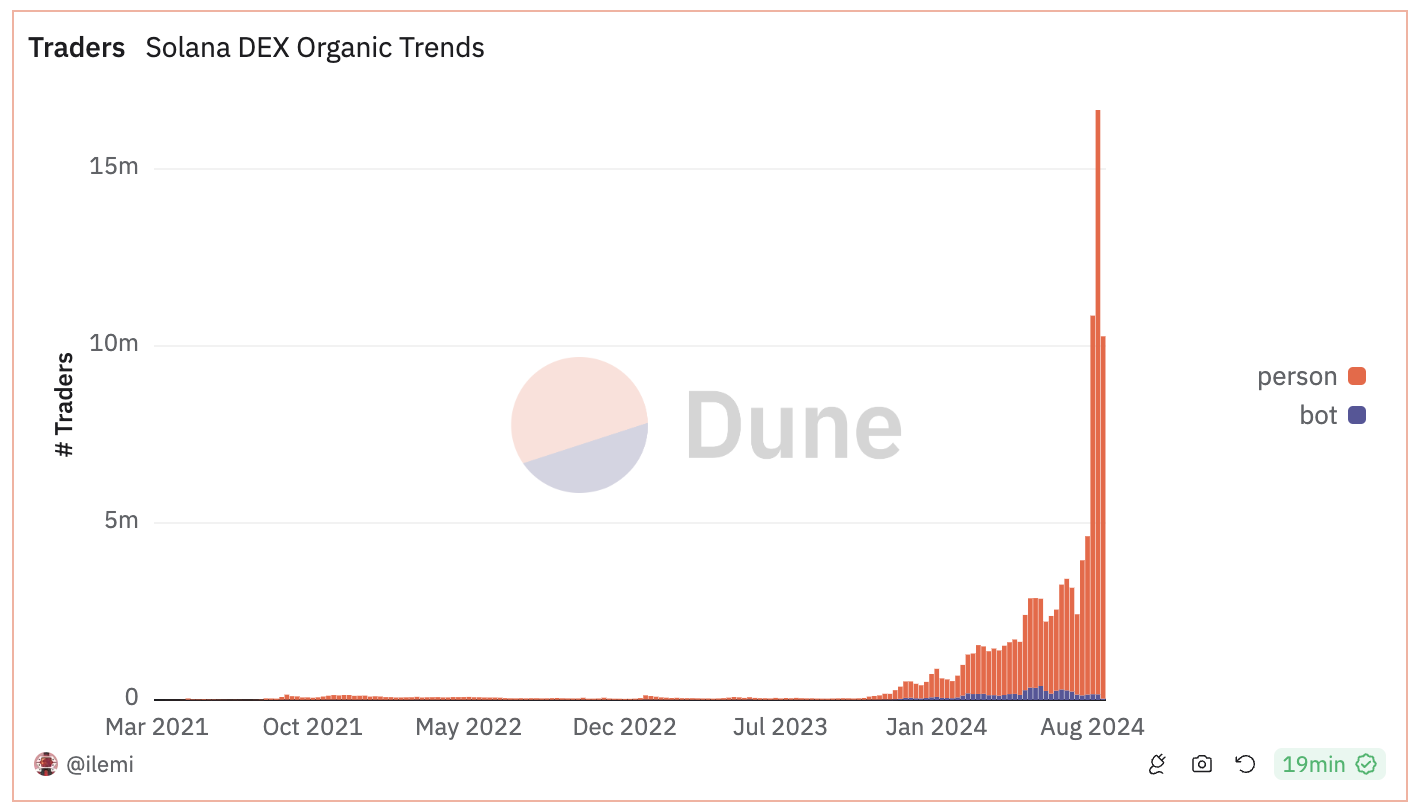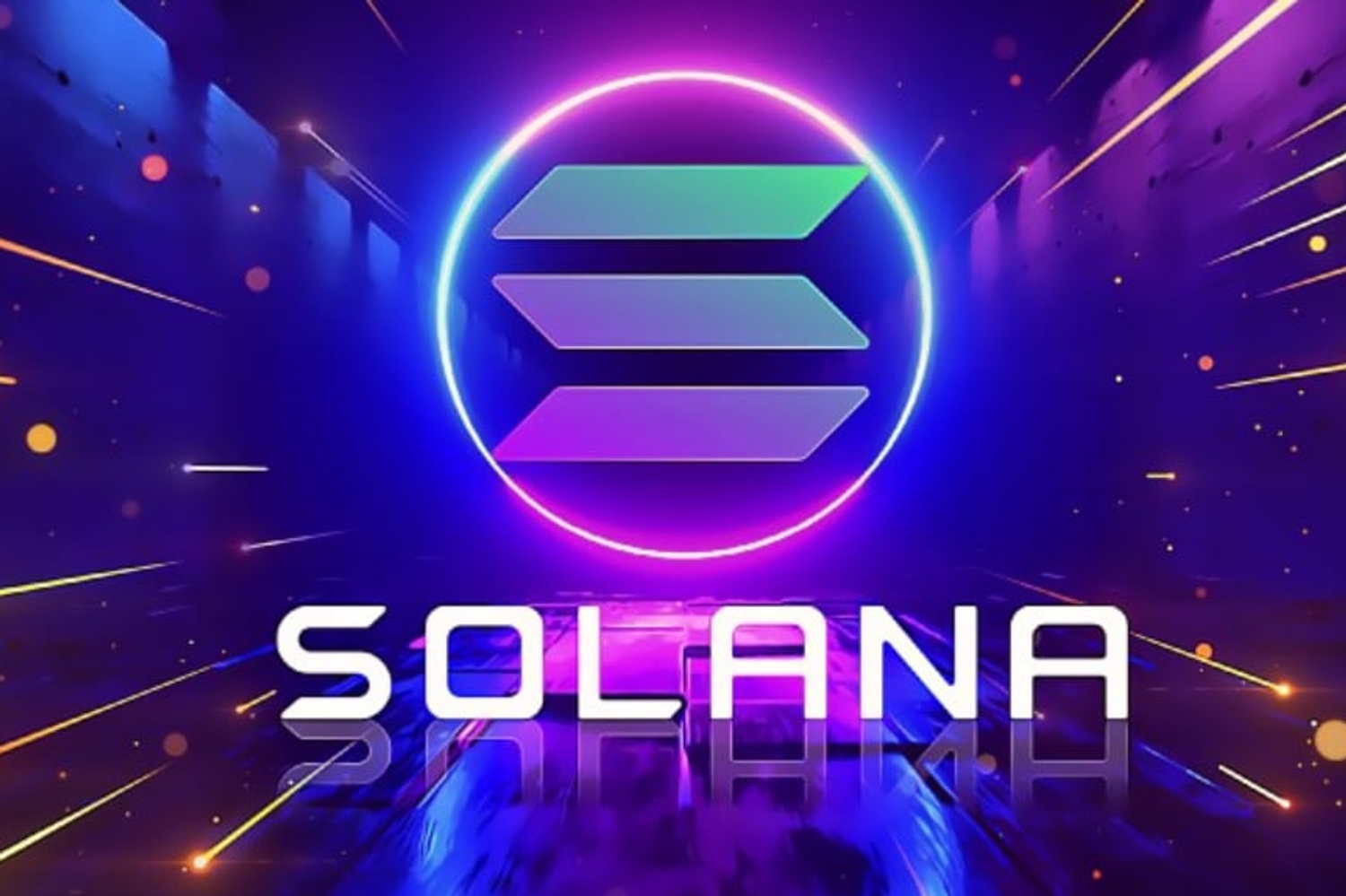Solana Cracks 5.5M Daily Active Addresses - Is It a Flawed Metric?
Outperforming all Layer-1 rivals, the Solana blockchain set a new record in daily active addresses. But is there a better way of quantifying activity?
The Solana network has undoubtedly been the center of the industry’s attention throughout 2024. From its burgeoning DeFi scene and manic memecoins to surging institutional interest, Solana adoption has taken the crypto space by storm.
According to Artemis data, Solana hosts significantly more active addresses and transactions than any other Layer-1 blockchain. However, skeptics argue that these metrics don’t paint an accurate picture of network usage and adoption.
Is daily active addresses a fair measure of activity? If not, what is a suitable alternative?
Solana Daily Active Addresses Sets New All-Time High
On September 10, Solana recorded over 5.5M daily active addresses, far exceeding all competitors and leading Ethereum Layer-2s. Solana’s 5.5M wallets accounts for roughly half of the total of active addresses on major networks, recorded at approximately 11M.
Lending support to the staggering statistic, Solana also regularly boasts over 500 true transactions per second, beating out rival chains by a considerable margin.

However, the wider crypto community argues that these metrics are easily gamed and manipulated. Any individual can make infinite wallets, meaning that one active wallet does not necessarily equal one unique user.
Solana is known for its high-performance and low fees. This inherent scalability makes it easier for malicious actors to generate artificially-inflated activity. Supporters of rival chains have suggested that the recent surge in Solana’s active addresses may be due to memecoin developers mass distributing valueless tokens to new wallets.
While it’s highly unlikely that Solana actually has over 5M unique users, it’s important to ask why malicious actors would choose to target the Solana community in the first place.
Dozens of blockchain’s offer rapid, low-cost transactions, yet it would appear the majority of inorganic use still happens on Solana. If it was simply a question of cost effectiveness, the industry could expect to see similar levels of inorganic activity on rival chains like Cardano or Avalanche.
Solana is an attractive blockchain for inorganic activity because it also facilitates the highest levels of organic activity. If shady memecoin developers are choosing to orchestrate scams on Solana, that’s only because Solana already has a significant level of activity from real users.
In the absence of daily active addresses, how else can crypto enthusiasts quantify onchain activity?
What’s the Alternative?
At this point in time, DeFi trading is arguably the most onchain service available in the industry. While daily active addresses is a vague term, unique traders, algorithmically sorted into bots and organic users, could be used as an alternative.
Andrew Hong, a reputable blockchain data analyst, contends that he’s cracked the code on organic Solana DEX behavioral trends. Demonstrated via Dune Analytics, Hong’s findings indicate that over the last month, Solana DEXes witnessed an average of 8.75M organic active accounts each week.

At 8.75M weekly active accounts, sorted to remove bot-generated transactions, Solana’s DeFi user base still exceeds the total number of weekly active addresses on all other Layer-1 chains, barring NEAR.
While the data allegedly sorts bot-generated transactions from person-generated transactions, it doesn’t take into account human users with multiple wallets.
Ultimately, no usage metric is foolproof. Onchain data is and likely always will be easily obfuscated and manipulable. While the staggering number of active accounts on Solana is likely inflated, there is still a user and a motive behind every transaction.
All chains should be measured by the same metrics. Solana’s high usage is as much driven by its prevalence of organic users than by the suspicious transactions targeting them. If there were no real users, they’d be no reason for inorganic users to join the chain in the first place.
Read More on SolanaFloor
September 10’s Presidential Debate sows seeds on doubt in crypto market
SOL Down 5% as Market Reacts to Trump-Harris Debate
Why is Crypto Security so Important?
[https://www.youtube.com/watch?v=mz3RV0Imnaw]


